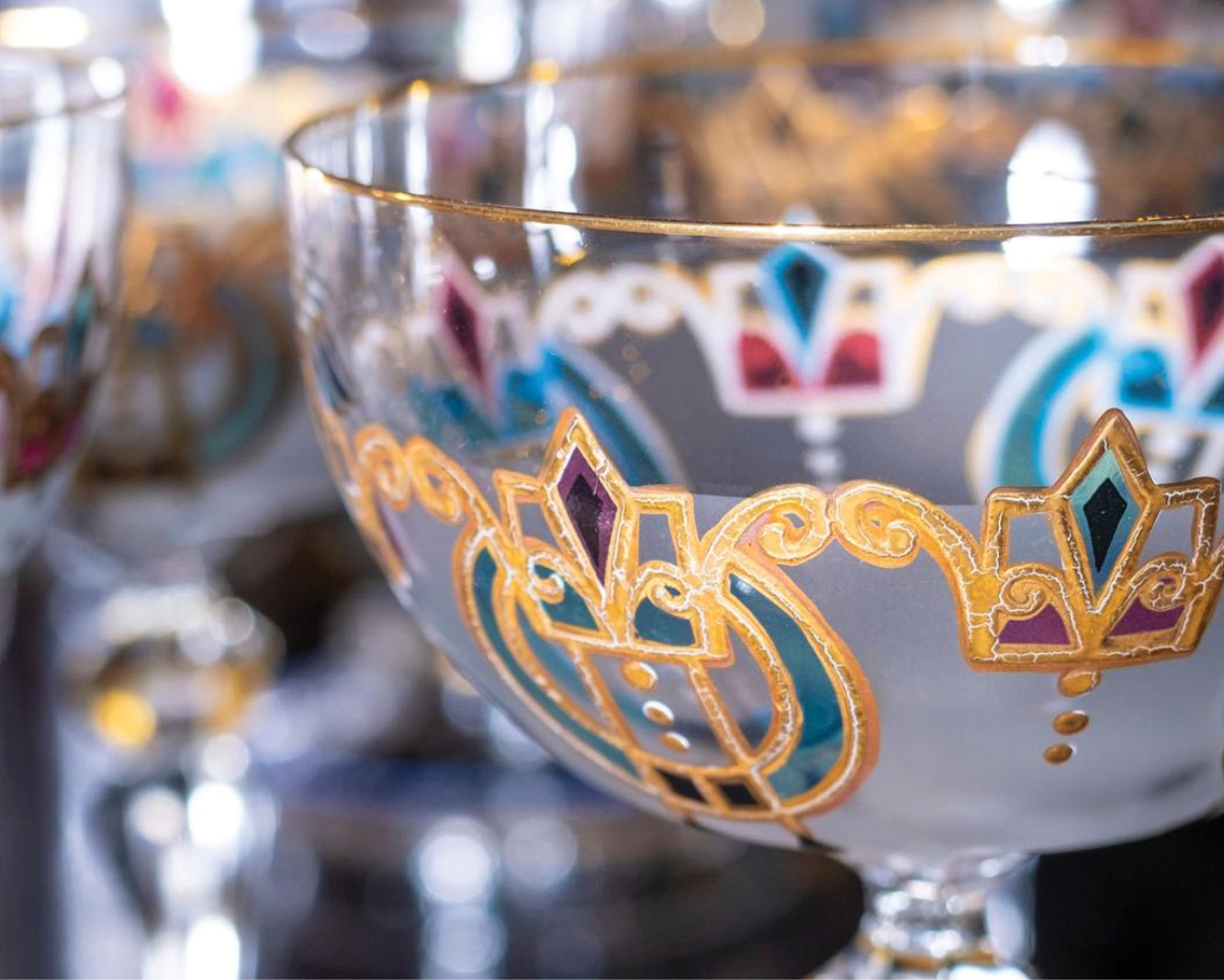Art Deco

Art Deco is a relatively new style, yet, there are many curiosities hidden in its history. Popular in the “Roaring 20s”, this style comes back to the 21st century as a major trend.
What is Art Deco Style?
Art Deco is a style that combined arts and craftsmanship, it manifested across architecture, painting, and sculpture to the graphic and decorative arts.
It is often described as an eclectic combination of visual styles. Luxurious and splendid in their appearance, Art Deco paintings and designs drew their inspiration from the related art movements, such as Art Nouveau, Art Moderne, the Bauhaus school, or the Arts and Crafts movement.
One of the main features of Art Deco style was its orientation towards the future and celebration of modern ideas of progress. As a result of the world’s industrialization, Art Deco became the first global decorative style. Artists, on the one hand, used their abstract inspiration, and on the other hand, they searched for local cultural motifs from ancient Middle-East, Africa, Asia, America.
The exhibition that marked the official start of the movement.
France, 1925. International Exhibition of Modern Decorative and Industrial Arts.
The French government endeavored to showcase the new style, at that time also well known as “Art Moderne” or “Modernistic”. Over 15,000 artists, architects, and designers displayed their work at the exposition. During the seven months of the exhibition, over 16 million people toured the many individual exhibits: from furniture to glassware and metalwork.
This exhibition was the beginning of the movement, and at that time, the new style took its name, short for Arts Décoratifs.
The Beauty of Art Deco.
The style was associated with both luxury and modernity: Art Deco objects were mostly crafted individually, but their features reflected admiration for the modernity of the machine and for the inherent design qualities of machine-made objects.
Art Deco found its use in various visual fields: from architecture to fashion design. Artists and designers were widely experimenting with new materials: aluminum, stainless steel, new types of glass, and plastic. Traditional materials such as ebony, ivory, silver inlays, mother of pearl, sharkskin, and exotic woods from around the world, were also used for Art Deco, but the design forms were very distinct from Art Nouveau or the preceding historic styles.
Art Deco's main visual characteristics: relative simplicity, planarity, symmetry, and repetitive use of linear and geometric shapes. Deco incorporated bold, vibrant, contrasting colors: teal, gold, deep pink, and emerald green, or go the other way and stick to black, white, and chrome for a more pared-back sleeker look.
Our Time.
In many ways, the movement that was manifesting modern ideas and technical progress has now become nostalgic, fondly recalled classic. Since the 1960s, there has been a steady, ongoing interest in the style.
In the 21st century, Art Deco experiences its revival: shapes, curves, and decorative patterns being retooled for a fresh audience. Modern materials allow producing any ideas, inspired by Art Deco. Another trend – is using real vintage pieces in eclectic interiors. Art Deco visual language is universal, it can be timelessly blended with many styles, adding a glamorous look to an interior design.
Check our collection of Art Deco collectibles.














